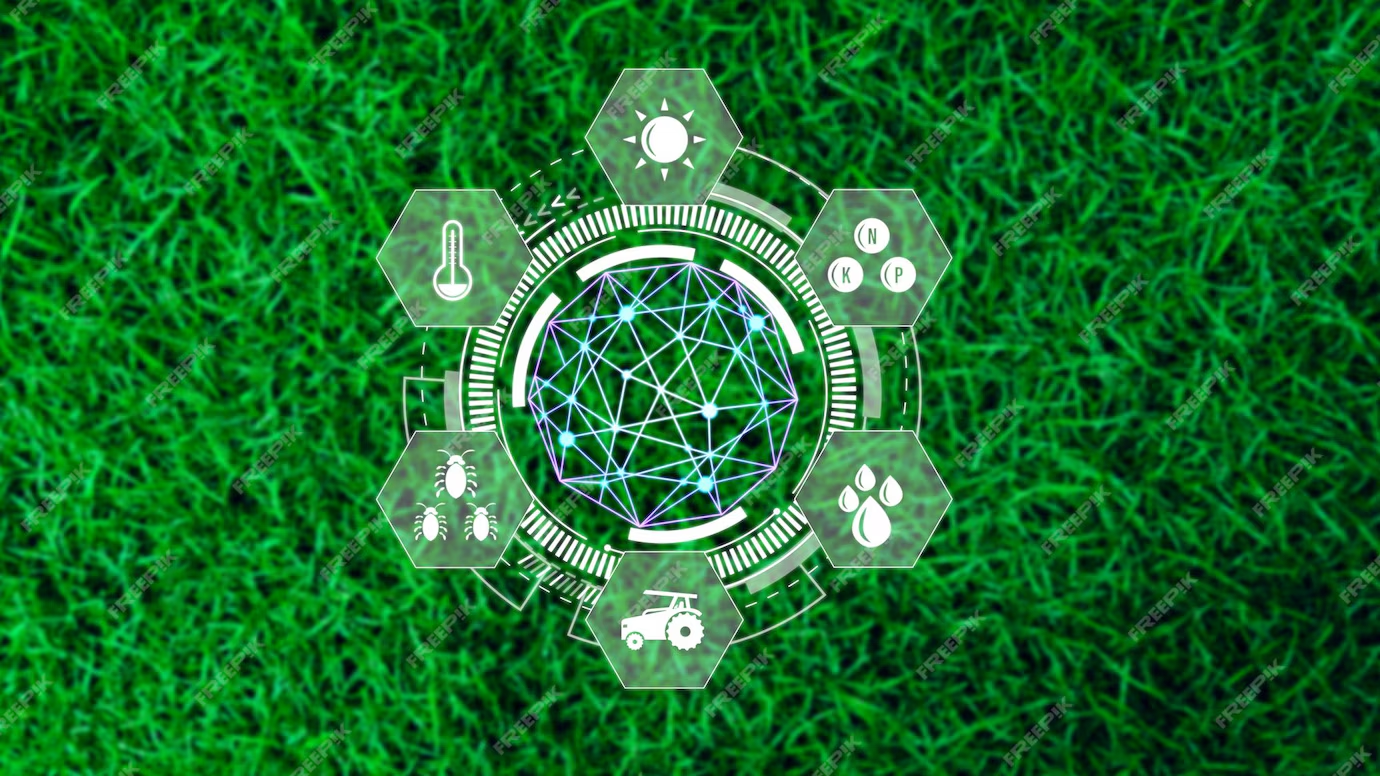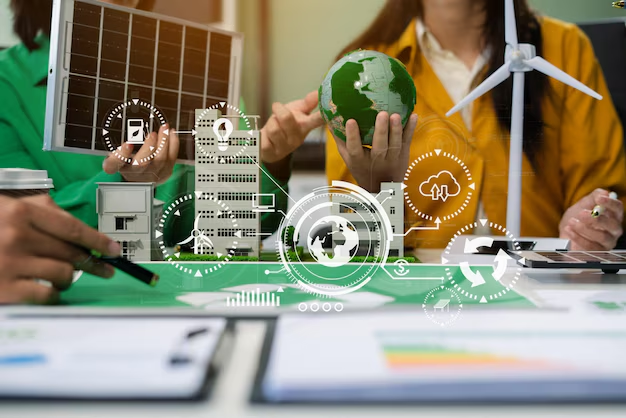The Role of Technology in Global Sustainability
A Beacon of Hope for Our Planet

The 21st century presents unprecedented challenges to our planet. Climate change, resource depletion, and pollution threaten the delicate balance of our ecosystem. However, amidst these challenges, a powerful force is emerging as a beacon of hope: technology. technology emerges as a beacon of hope, offering innovative solutions to drive sustainable development.
Innovation for a Sustainable Future
Technological advancements are revolutionizing the way we approach sustainability. From artificial intelligence to renewable energy, these innovations are empowering us to address some of the most pressing environmental issues of our time.
1. Artificial Intelligence (AI): AI is transforming industries by optimizing processes, reducing waste, and enabling data-driven decision-making. In the realm of sustainability, AI can be used to:
a). Energy Efficiency: AI-powered systems can optimize energy consumption in buildings, factories, and transportation networks, leading to significant reductions in greenhouse gas emissions.
b). Climate Modeling: AI can enhance climate models, enabling more accurate predictions of future climate change scenarios. This information can inform policy decisions and guide adaptation strategies.
c). Sustainable Agriculture: AI-driven precision agriculture can optimize crop yields, reduce water usage, and minimize the use of harmful chemicals, leading to more sustainable food production.
d). Waste Management: AI can help improve waste management systems by optimizing waste collection routes, identifying recycling opportunities, and promoting circular economy practices.
2. Carbon Capture and Storage (CCS): Capturing and storing carbon dioxide emissions from power plants and industrial facilities is a crucial strategy for mitigating climate change. Technological advancements in CCS are making it a more viable and cost-effective solution.
3. Renewable Energy: Renewable energy sources like solar, wind, and hydro power are becoming increasingly affordable and reliable. Technological innovations are driving down the cost of these technologies, making them more accessible to a wider range of consumers.
4. Sustainable Agriculture: Precision agriculture, vertical farming, and other technological advancements are revolutionizing the agricultural industry. These technologies can help to increase crop yields, reduce water usage, and minimize the use of harmful chemicals.
A Collaborative Approach to a Sustainable Future

While technology offers powerful tools to address climate change and environmental degradation, it is essential to work together to maximize its impact. Governments, businesses, and individuals must collaborate to create a sustainable future. Key steps include:
1. Investing in research and development: Continued innovation is crucial to develop and refine sustainable technologies.
2. Creating supportive policies and regulations: Governments can incentivize the adoption of sustainable technologies and practices through policies and regulations.
3. Educating and empowering individuals: Raising awareness about sustainability issues and promoting sustainable behaviors.
4. Building partnerships and collaborations: Fostering collaboration between businesses, governments, and NGOs to accelerate the transition to a sustainable future.
WOCE: Empowering Sustainability with Technology

At WOCE, we are passionate about harnessing the power of technology to drive positive change. Our team of experts works with businesses to develop and implement innovative sustainability solutions.
One of our key tools is esgpro.ai, a state-of-the-art AI platform that:
1. Streamlines ESG data management: Collects, analyzes, and reports on environmental, social, and governance data.
2. Provides insightful reports and analysis: Helps companies track their sustainability performance and identify areas for improvement.
3. Supports decision-making: Enables data-driven decision-making to achieve sustainability goals.
The Road Ahead
Technology has the potential to revolutionize the way we address climate change and environmental degradation. While technology offers immense potential to address sustainability challenges, it is crucial to use it responsibly and ethically. Collaboration between governments, businesses, and individuals is essential to ensure that technology is used to benefit society as a whole.




